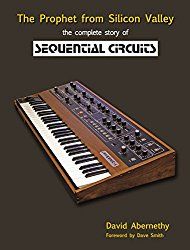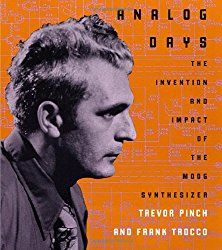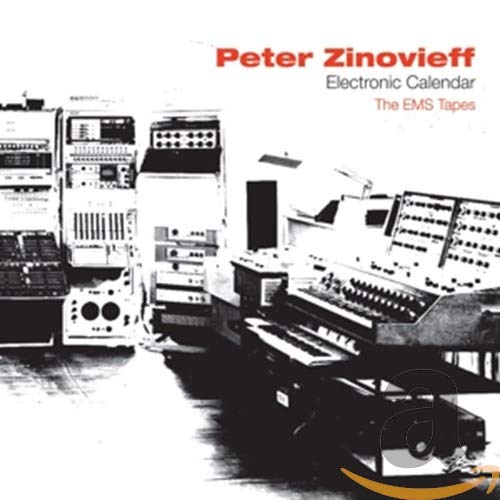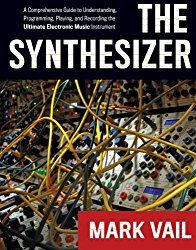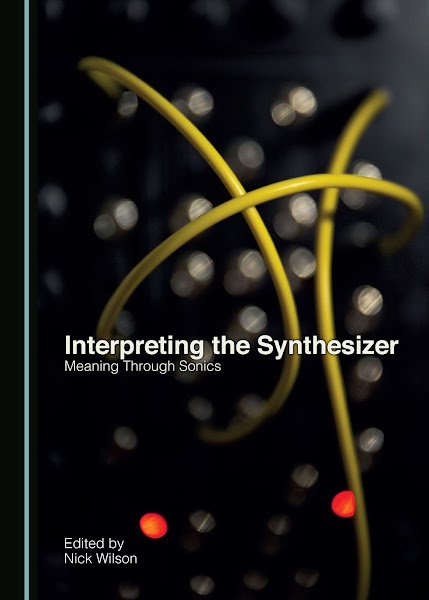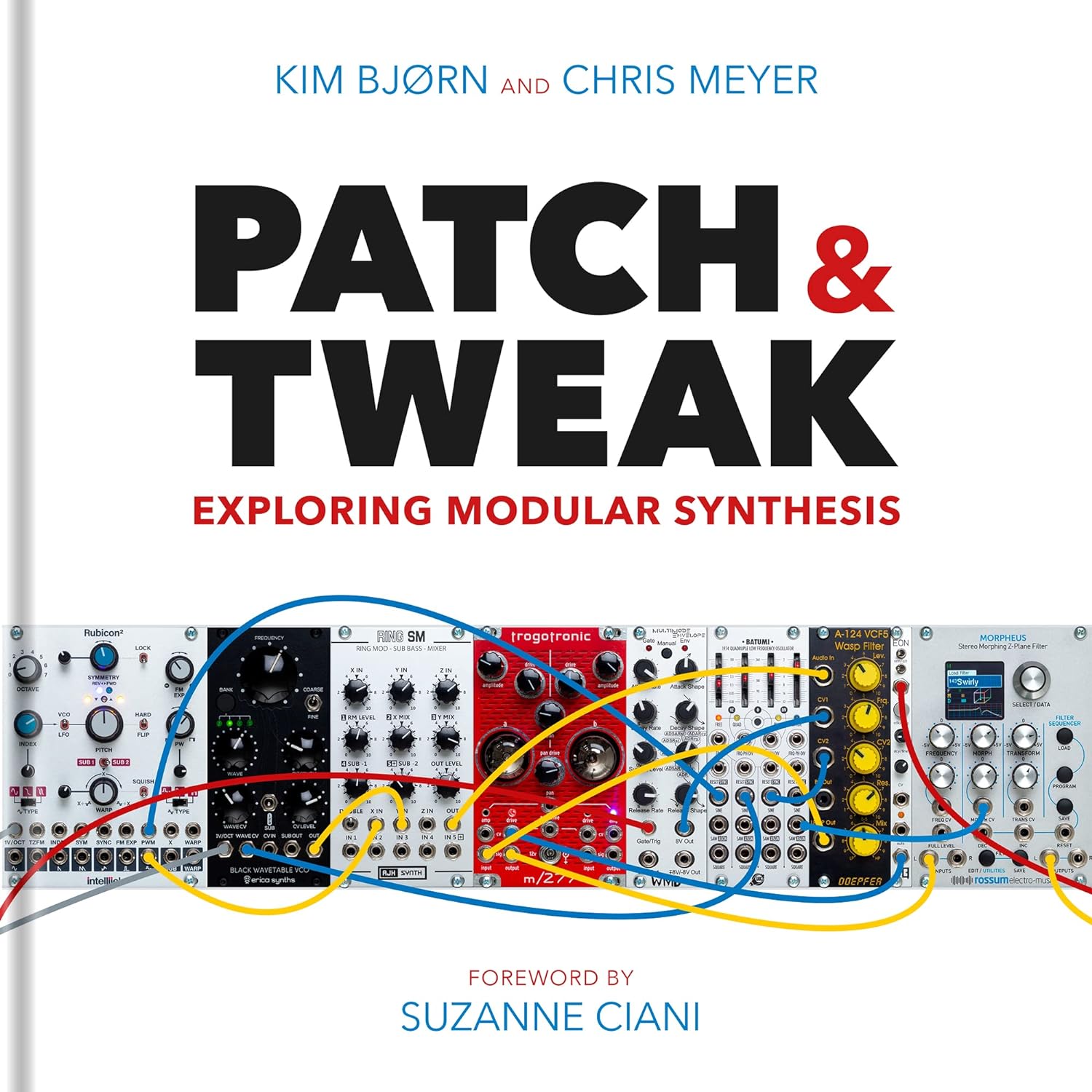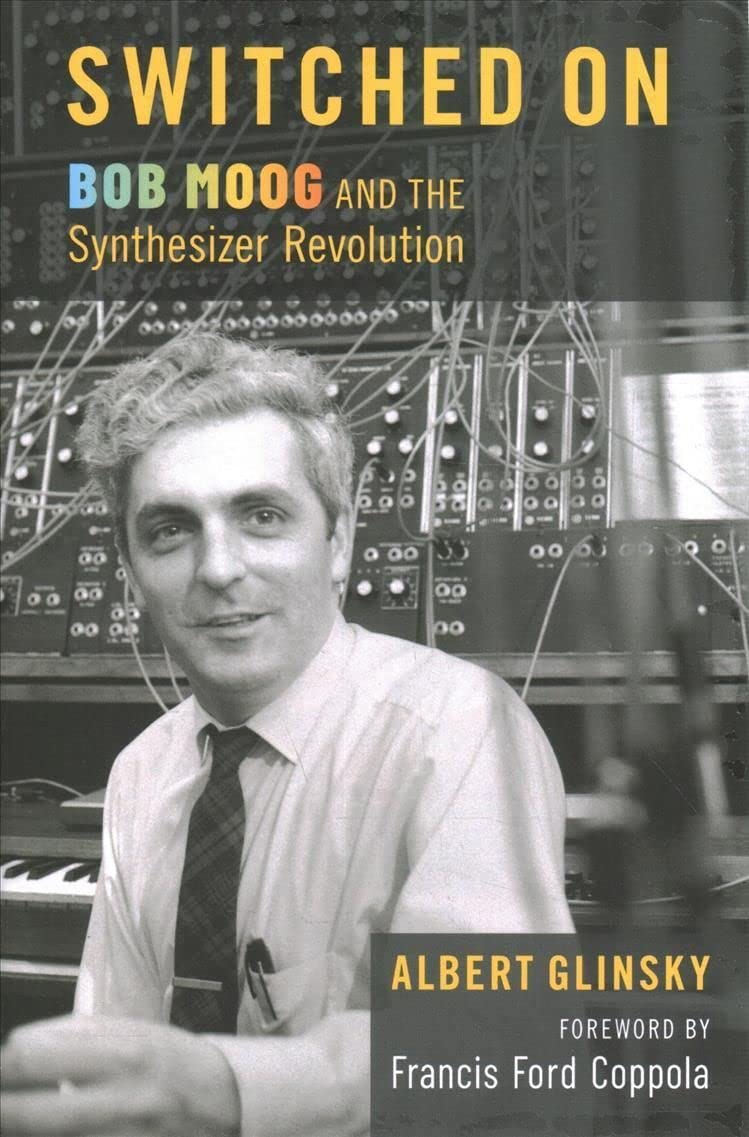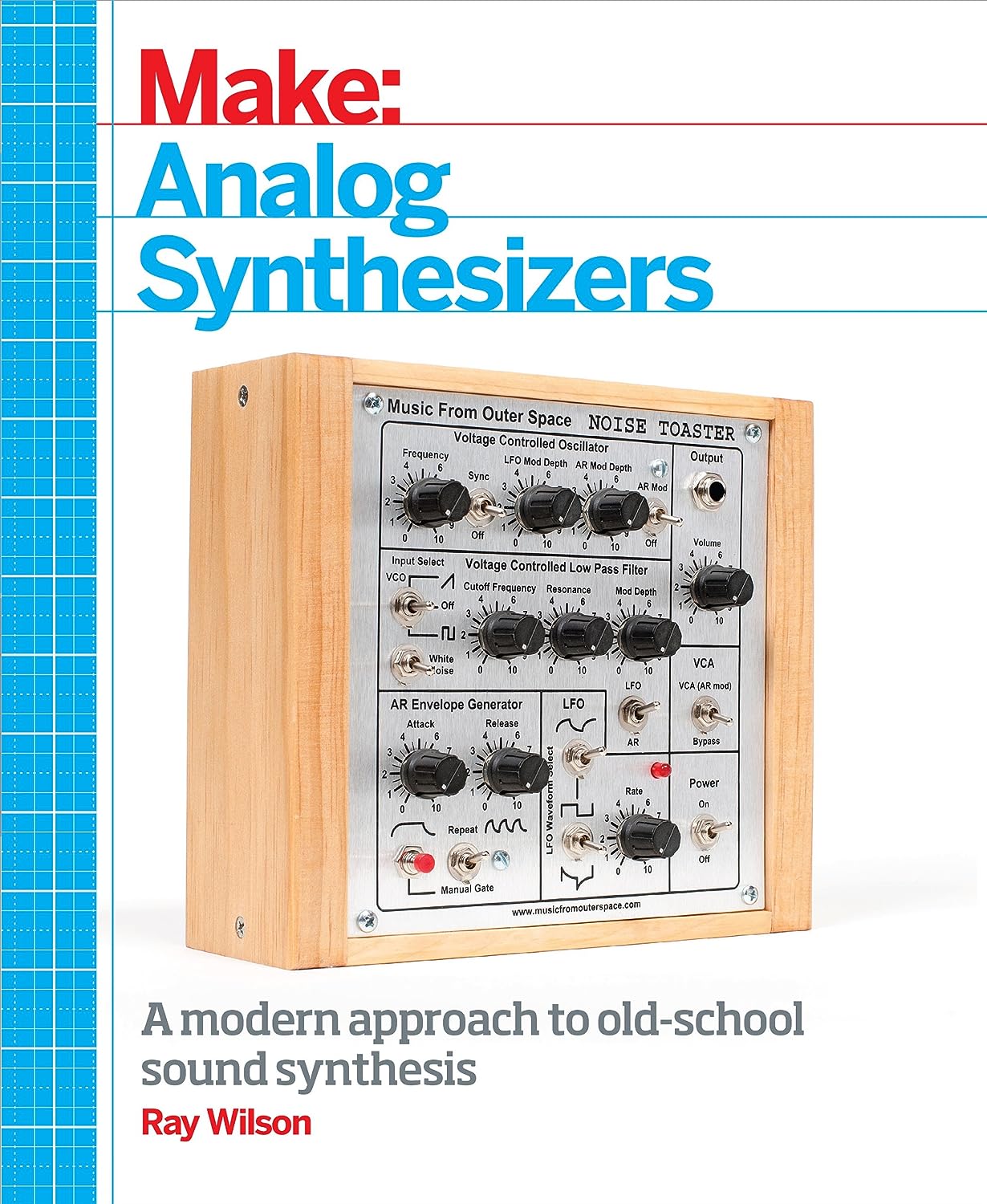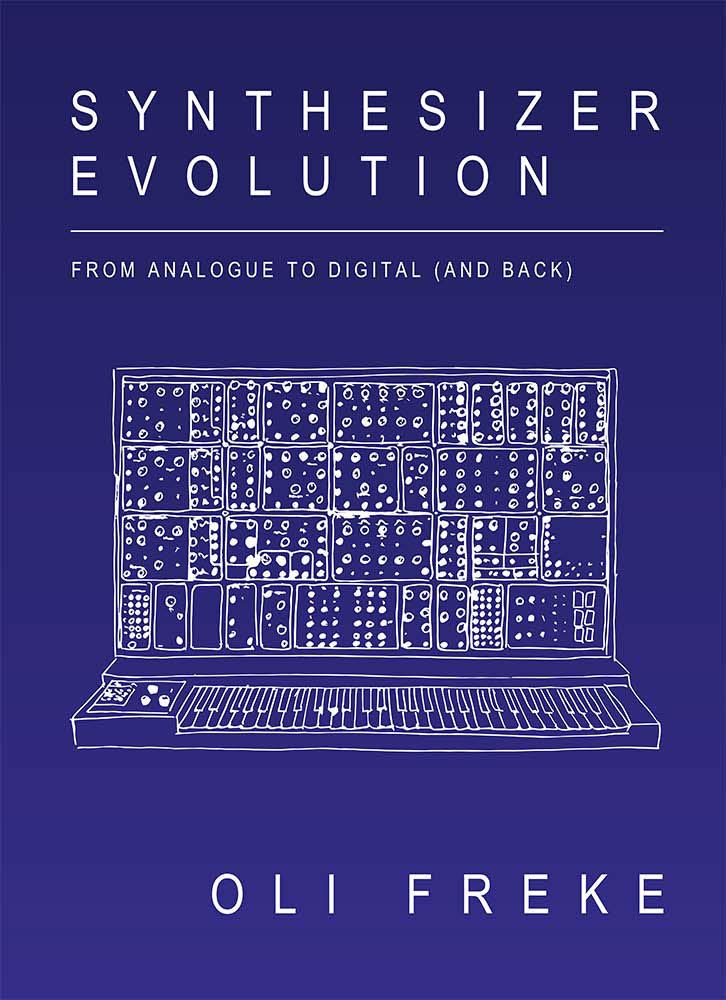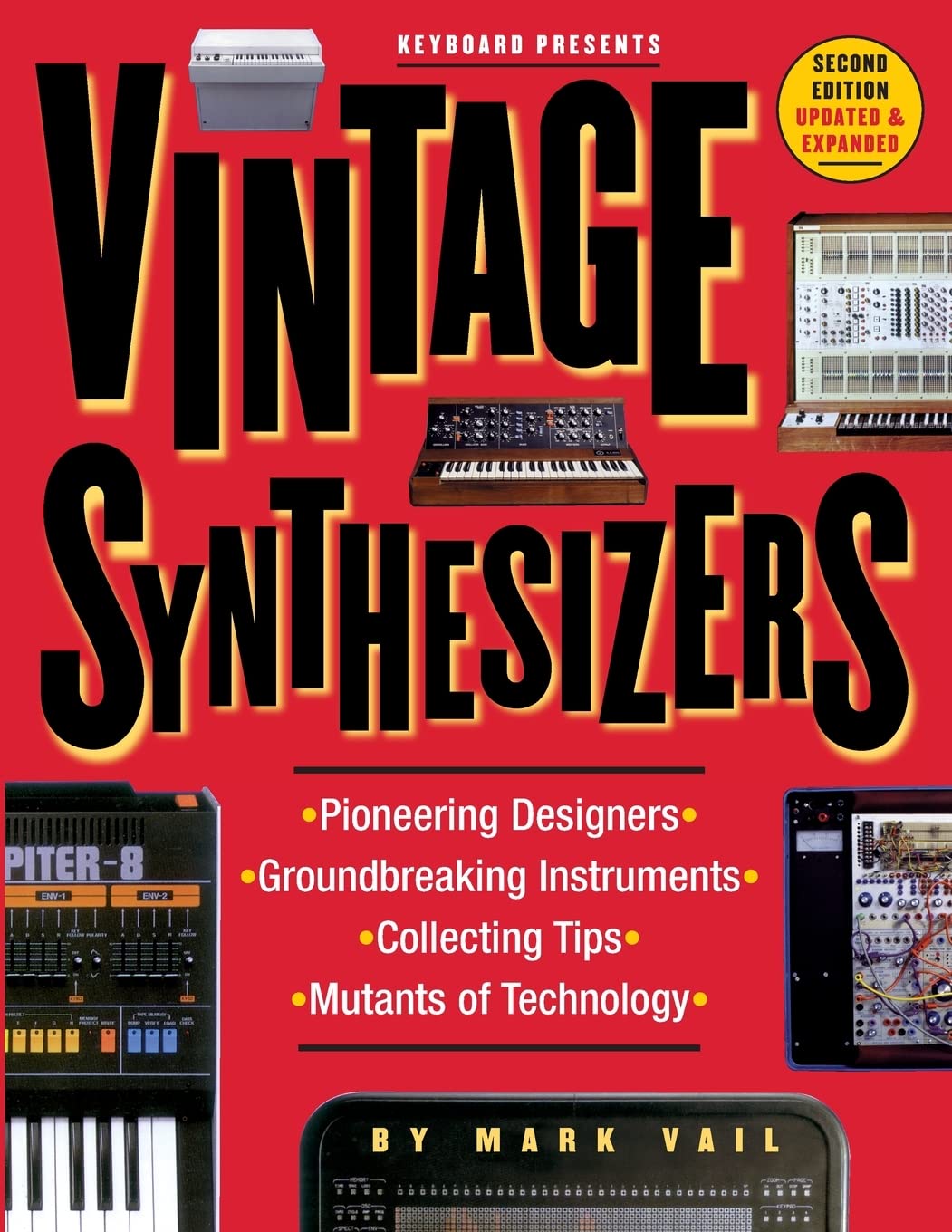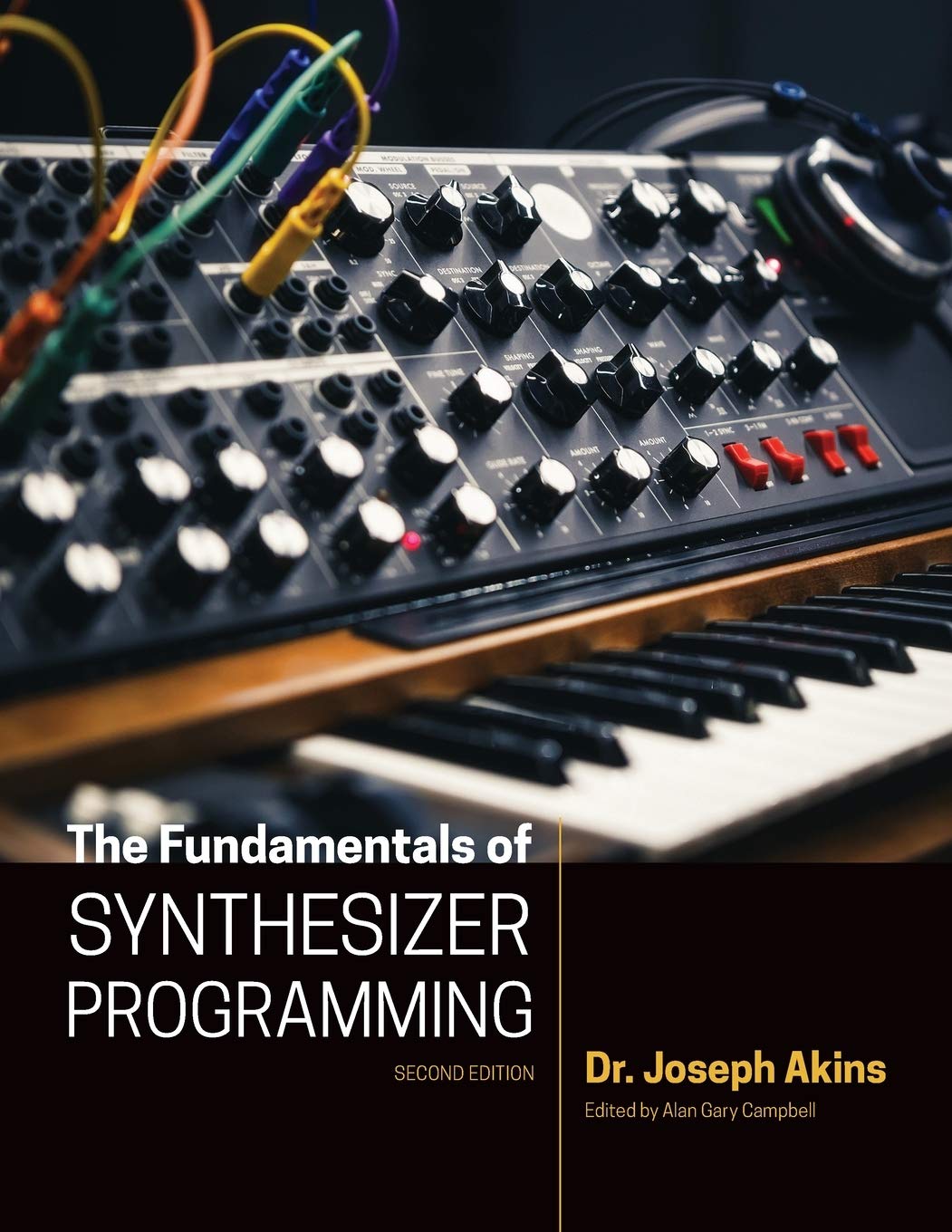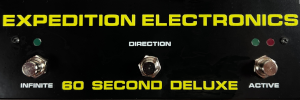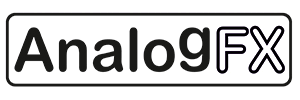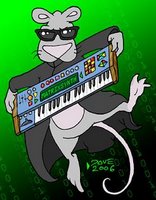cYWBKRgK0n08Q~~_1.JPG)
via
this auction
"Polyphony - Monophonic (Duophonic via built-in Sequencer)
Oscillators - 2 DCO's with sawtooth, triangle, and square-, variable- or modulated-pulse waveforms and 5 preset digital wavefroms
LFO - 1 LFO with square, triangle, sawtooth waveforms, sample-and-hold
Filter - Two 12dB/oct analog filters which can be linked in series for 24dB/oct configuration. Lowpass, bandpass, highpass modes.
Dedicated ADSR envelope, Frequency Cutoff and Resonance controls.
VCA - Two ADSR Envelopes
Keyboard - 37 keys
Memory - MIDI Model: 12 user, 24 preset patches. MIDI-equipped V3 (latest): 36 programmable patches. Custom Waveforms: 24 programmable digital waveforms.
waves. Sequencer: 24 sequences.
Control - Trigger In, full MIDI spec.
Date Produced - 1985
OSCar
The OSCar is a classic mono-synth from British manufacturer Oxford Synthesiser Company (OSC). It first appeared on the scene in 1983 and was considered then to be in the same class as the Arp Odyssey & Minimoog mono-synths (it is). Its late arrival makes it one of the more advanced programmable mono-synths. Amazing sounds and digitally controlled dual oscillators with analog filters and plenty of programmabilitie. It also has full midi MIDI spec.
The Oscar is monophonic, but can also achieve duophonic capability when using just one oscillator per voice. Waveforms offered include sawtooth, triangle, and square, variable, or modulated-pulse waveforms. In addition to these analog waveforms, there's an additive-synthesis function allowing you to create your own custom waveforms by simply mixing the amplitudes of any of its 24 harmonics using the keyboard. Up to 24 of these custom waves can be stored and used with either oscillator. Once you've got some sounds it's time to hit the filter section - the real analog heart of this synth! It has two 12dB/oct filters which can be linked for a steeper 24dB/oct slope. It features switchable lowpass, highpass and bandpass filtering and your basic frequency cutoff and resonance type controls. The filter has its own ADSR envelope as well (a second ADSR envelope controls the amplifier section). The filter can also be modulated by the LFO. The OSCar's LFO offers triangle, sawtooth, square, and other wave shapes and can also be used to modulate the amp, pitch, or pulse-width. There's even a sample-and-hold function. A simple built-in sequencer gave the OSCar duophonic capabilities! It could play a sequence on one of the oscillators while the keyboard can be used to simultaneously play along with the sequence. It stores up to 24 sequences. With full MIDI spec (V3) you can easily synchronize your OSCar and other MIDI gear together and a computer! The sound patches that are stored in memory can also be dumped via MIDI to more permanent storage mediums. MIDI models also offered 36 programmable memory patches which are assigned to the actual keyboard keys (pre-MIDI models had 12 preset and 24 user patches). The OSCar is very hard to find as there are little more than 2000 in excistence, so now is your chance.
It is working well and has been well maintained over the years by the same qualified engineer who used to work in the famous 'Rod Argents Keyboards' in Denmark Street, London W1, the same place I purchased her back in 1985.
‘Sequencer’
The OSCar's sequencer, operates in step-time mode, and is fairly sophisticated. It features the rare ability to lengthen notes or insert spaces, so that it isn't restricted to producing an
endless stream of notes of identical length. This is done by holding down the required note while advancing the step button, or pressing the Space button just below the wheels.
Twenty-four sequences can be stored (the numbered keys being pressed into service for one more function) but then these can be chained together into more complex sequences, complete with program changes. As a result, with a bit of planning, you can produce really quite sophisticated bass lines and other monophonic sequences, whilst playing a second part over the top, if you want. All this can be triggered externally via a Click In which is ideal for interfacing with the drum machines of the day (Linn, Emu Drumulator, Sequential Drumtrak) and OSCar can often be seen as one half of a very tight rhythm section at live gigs. There is even the facility to sub-divide the incoming clocks to create slower or faster lines without spending hours inserting Spaces or making each note four times the length. The same triggering is available on the arpeggiator, which made it amongst the most flexible of the day with multiple octave ranges and random ordering. Or you can just use your computer for sequencing and a nice midi cable, it's your choice.
Oxford Synthesiser Company OSCar Specifications
* Type: Synth/ keyboard/
* Synthesis Type: Digital Accoustic simulation Subtractive, Additive (24 harmonics)
* Polyphony:
o Max: 2
o Typical in use: 1
* Multi-timbral (number of parts): 1
* Oscillators per Voice :
o Min : 1
o Max : 2
* Controllers : Pitch bend, mod wheel, (sysex?)
* Effects :
o Number of FX units : 0
o Number of different effects : 0
* Keyboard :
o Number of Keys : 37
o Can send on 1 simultaneous MIDI channels
o Responds to :
o Sounds can be split by :
* Memory :
o Patches : First versions: 12 RAM/24 ROM. Later versions: 36 RAM.
o Performances :
* Inputs and Outputs :
o Number of Audio Outs (excluding Phones) : 1 stereo
o Number of Audio Ins : 0
o Number of MIDI Outs (excluding Thru) : 1 (if MIDI'ed)
o Number of MIDI Ins : 1 (if MIDI'ed)
Well known artists credited as using OSCars include:
* Billy Currie, Chris Cross and Midge Ure of Ultravox
* John Foxx
* Geoff Downes (Asia)
* Jean-Michel Jarre and Dominique Perrier
* Keith Emerson
* Stevie Wonder
* Tim Simenon
* Sneaker Pimps
Examples of OSCar sounds on commercial releases include:
* Ultravox - "Love's Great Adventure" (solo, atonal sequence)
* Band Aid - "Do They Know It's Christmas" (bass line)
* Jean-Michel Jarre - "Revolutions Overture" (bass line, solo at climax)
* Stevie Wonder - "Skeletons" (bass line [with Elka Synthex])
* S-Express - "Theme From S-Express" (bass line)"
t5UgBWk~$(KGrHgoOKkQEjlLmWTSVBKZ!i4q-(Q~~_3.JPG) SN 0639 via this auction
SN 0639 via this auction


cYWBKRgK0n08Q~~_1.JPG)





























